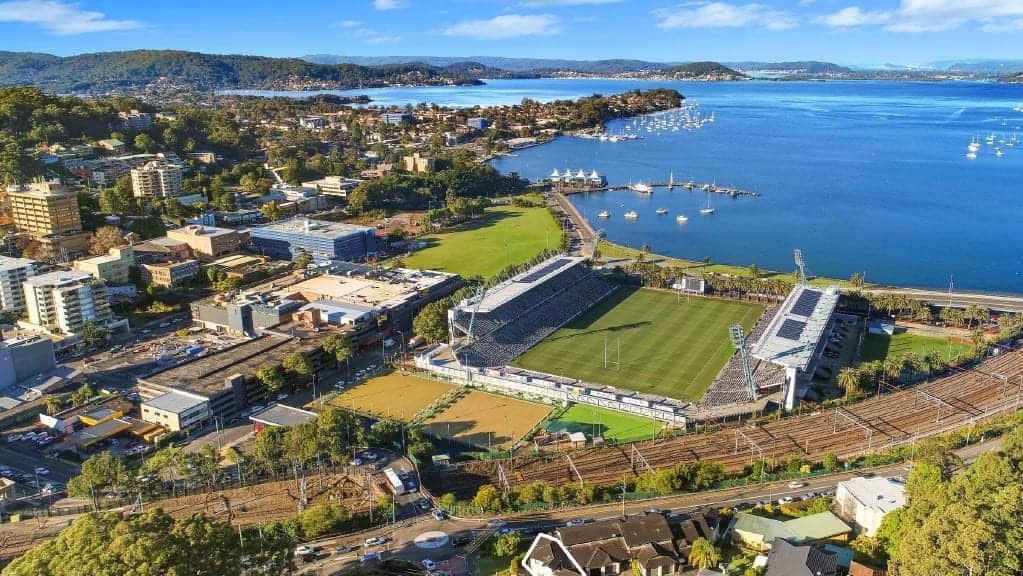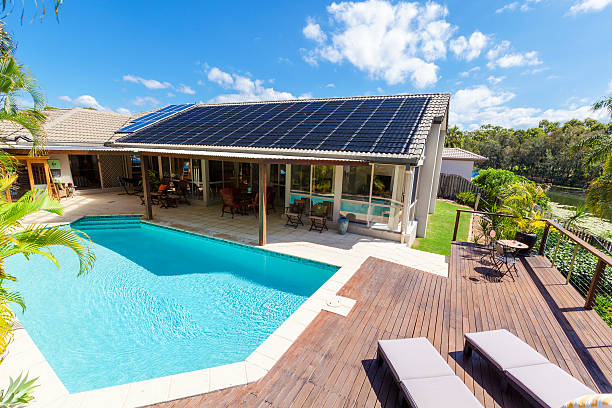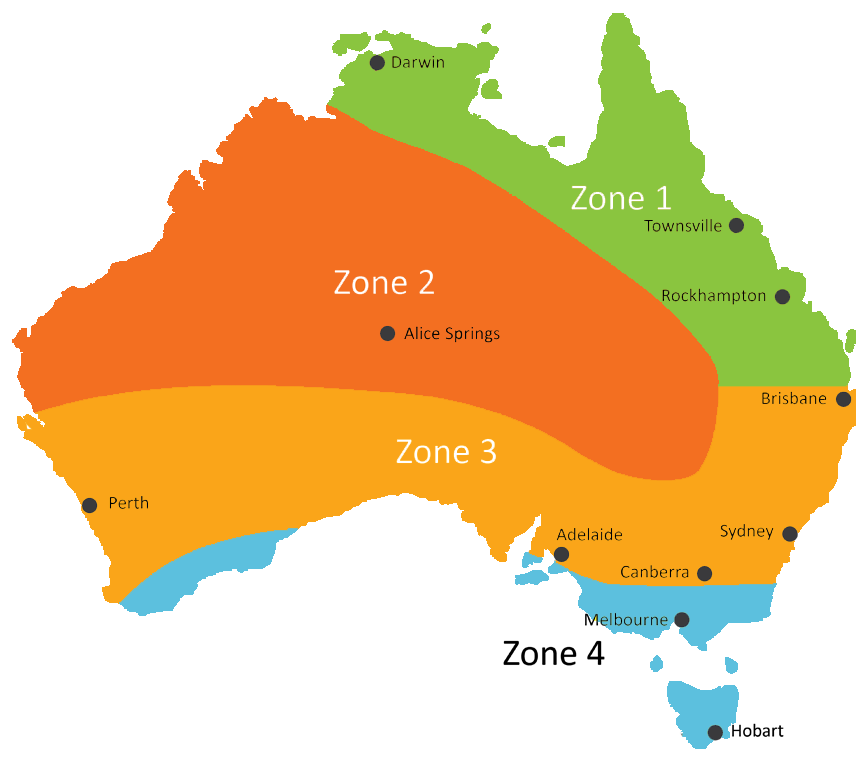Many households on the Central Coast have invested in solar power systems. So far, almost 800,000 homeowners across New South Wales have solar panels on their rooftops. How does solar stack up on the Central Coast? Is it worth investing in it? In this guide, we will answer your questions!
Considering the beneficial rebate schemes given to residents investing in solar power, this trend might not be very surprising. As the rebates are decreasing, many homeowners on the Central Coast are unsure whether to invest in solar power or not.

Rebates for solar installations on the Central Coast
Solar panel energy is far cheaper today than it was a few years back. And this is one of the main reasons that the rebates are decreasing year by year. But despite the price drop, solar panel technology can still cost a lot of money.
So, when considering whether to invest or not, access to rebates is worth looking into. What rebates are available for households on the Central Coast?

Government STC rebate
In 2019/2020 the Australian government presented a rebate scheme that would make it more affordable for most NSW residents to invest in solar systems. The rebate scheme will last until 2030.
You will receive a certain number of STCs (Small-scale Technology Certificates) when a solar panel system is installed. Each certificate has a market value, usually around $34 to $40. The STCs will be subtracted from your gross installation costs.
The main thing that will affect the size of your rebate, is how many STCs your system will generate. This will depend on two factors:
- The solar panel system’s expected kW output (the size of the system)
- Your STC zone (1 to 4)
The bigger your solar panel system is, the greater the rebate will be. And when it comes to STC zones, the rebate is bigger in the lower zones 1 and 2. The Central Coast is defined as zone 3, so you can expect a medium-sized rebate.

Rebate Swap for Solar offer
For low-income households, the NSW government is offering a free 3kW solar system.
This scheme is an alternative to the Low Income Household Rebate – an annual payment that helps low-income households pay their energy bills. Eligible homeowners can choose to swap their rebate payments for the free solar system.
Who Can Claim The Rebate Swap For Solar?
If you’re currently receiving the Low Income Household Rebate, you may be eligible for the free 3kW solar system. You must also:
- agree not to receive the rebate for 10 years
- hold a valid Pensioner Concession Card or Department of Veterans’ Affairs Gold Card
- be an owner-occupier
- not already have a solar PV system installed
For further details regarding the terms and conditions of this program, it is advisable to refer to the NSW Climate and Energy Action website.
The effectiveness of solar power systems on the Central Coast
The Central Coast has a relatively warm and sunny climate throughout the year, and the winters are rarely cold. Because of this, the climate is excellent for solar power energy. Solar panels generate electricity from the sunshine, so sunny weather is definitely beneficial.
With an optimal pitch angle of 20 to 30 degrees, you may expect the system to produce electricity effectively. You might consider having a 10-degree tilt on the panels, to make sure the panels clean themselves when the weather is rainy.
If you have a 6 kW solar panel system, you can expect the system output to be around 25.3 kWh per day. This means that your system in many cases will produce all the electricity your household needs, or at least a big part of it.
Feed-in tariffs and reduced power costs
If your solar panel system is producing more power than needed, you might sell the excess power by sending it to the grid. Your power retailer will then pay you through a feed-in tariff. This tariff will be deducted from your power bills.
The combination of feed-in tariffs and a reduced need for electricity from the grid will make it possible to reduce your electricity bills significantly. The savings essentially make sure that the system over time will pay for itself.
So, how does solar stack up on the Central Coast as an investment?
Around 20% of all households on the Central Coast have invested in solar panel systems. If you still haven’t, it might be a good idea to join the trend. A solar power system is generally a very good investment on the Central Coast, thanks to the STC rebate and a sunny climate.
As the STC rebate is decreasing every year until 2030, it might be smart to invest soon. At the same time, it is good to know solar panel prices are lowering as time goes by.
In addition to the financial benefits, a solar panel system will produce clean energy that is considered to be renewable. This is a good reason to invest, for anyone who is trying to reduce their carbon footprint.
Install a solar panel system on your Central Coast home, and start saving on your energy bills.